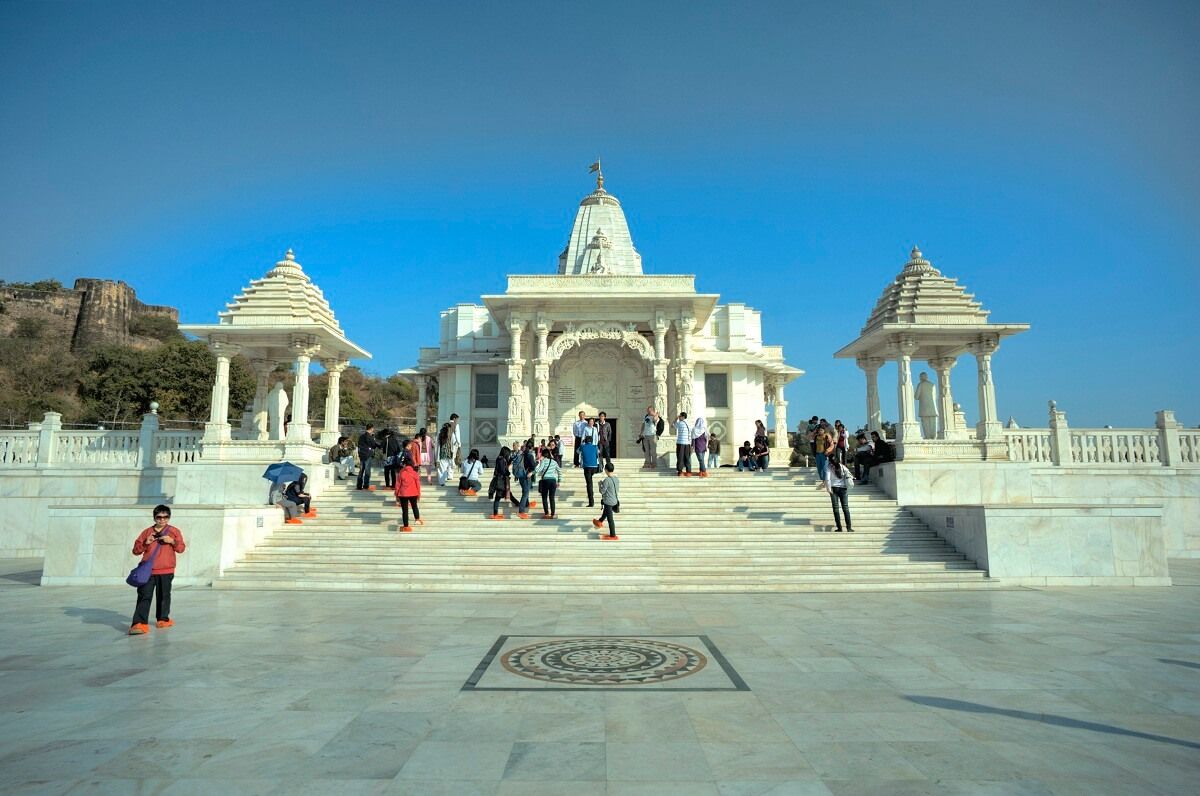These five women from Team Indus are working to take India to the moon
Sharika Nair

Friday June 30, 2017 , 10 min Read
Team Indus is working on a space mission and these women are powering this team's dream to land on the moon.
“New world thinking for tomorrow's challenges.”
These words greet us as we walk into the office of Team Indus, the Bengaluru-based startup which is in the race to win the coveted Google Lunar X Prize.
It's the only team from India taking part in the "Moon 2.0" challenge that calls for participating teams to design and land a rover on the moon before the end of 2017. The contest requires the rover to travel more than 500 metres on the lunar surface and send feedback to earth to be deemed successful.
Team Indus is competing with 29 teams from 17 countries for the $20 million grand prize and an additional prize of $5 million. In January 2015, Team Indus was one of the five teams out of 29 to be awarded $1 million for successfully completing a test of their landing system.
The company hopes to launch the spacecraft in December this year through ISRO’s PSLV rocket. Team Indus is the only private company to have signed a contract with ISRO for the same.
Sheelika Ravishankar, Jedi Master, Marketing and Outreach, Team Indus says, “While we expect stiff competition from Israel, we are hoping to be the fourth nation after the US, Russia, and China to land gently on the lunar surface and unfurl its national flag.”
Interestingly, Japan is betting on the Indian team winning the contest and will be tagging along when Team Indus launches its rover from Sriharikota.

As YourStory discovered, working on a space mission is more about teamwork, passion, and energy than chest thumping. A highly driven team has been working through weekends, late nights, and holidays. Now if you want to land on the moon this year then each minute is precious, isn’t it?
From a handful of people who had no idea how to conduct space missions, the team has grown to a confident and able group of 130 now. The story of the rise and growth of Team Indus has been an interesting one. As Sheelika says, “We always had someone who wanted to help us and support our mission with expertise and resources.”
The team has great gender diversity, boasting of 23 women on a team of 130.
HerStory caught up with this group at the Team Indus office. Here are excerpts from the chat with some of the women behind the mission to make #harindiankamoonshot a reality.
Meritocracy over gender
The fact that there are so many qualified women in Team Indus is just a happy coincidence; Sheelika points out that the team really upholds meritocracy above all.
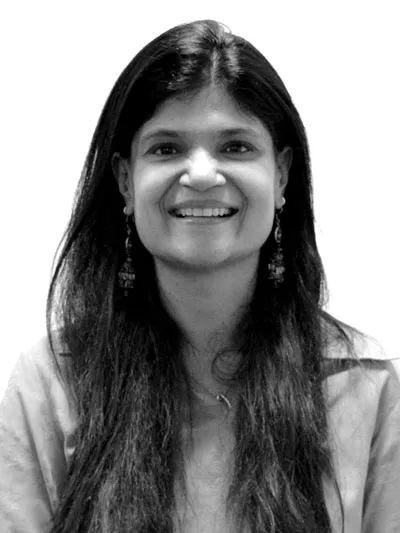
“Whether you're young or old or male or female doesn't matter. What you bring to the table does. We treat everyone the same as well. It’s not that women don’t work late or on Sundays. But we ensure they are safe in office and reach home safely if they are working late. Other than that, we also have a sexual harassment committee.”
Sheelika’s own journey with Team Indus shows how the team is driven by meritocracy and there is no discrimination. The 46-year-old is the only non-engineer in the team other than a few support staff. “Even our HR person is an engineer,” she says.
Sheelika has over two decades of experience and was looking to do something different when she met Rahul Narayan, Co-founder of Team Indus.
She started by helping out two hours a week, which became five hours twice a week, and eventually full seven days of the week.
“Today I can talk rocket science to anyone,” she says, who has worked really hard to get there. She sat through tech review, made notes, went back and forth with the team to decipher the abbreviations they use and diligently pursued her questions.
But what has kept her driven these past four years is the fact that a bunch of ordinary people are doing extraordinary stuff. “You don’t go to the moon every day. This is a mission that draws you in.”
According to Sheelika, the primary challenge is funding. “If Team Indus doesn’t happen, then for the next ten years we won’t get another Team Indus because people will feel that the system just can’t work. It will be a shame if this mission can’t get through because we were unable to raise money.”
Over the years, the team has been frugal and even tried to build things in-house to cut on costs. However, now they need money for space grade equipment and the PSLV contract with the ISRO.
Age no bar
"You have two options to choose from as an aspiring achiever; either you become excellent or you become excellent! Mediocrity is never an option!" — Israelmore Ayivor
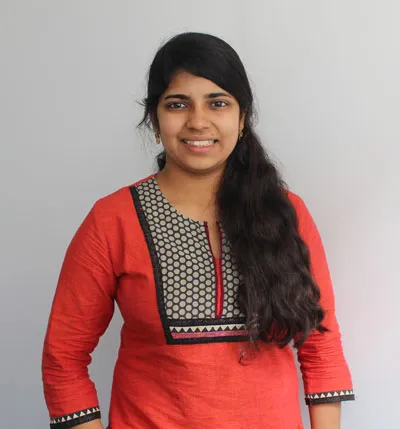
This quote on one of the walls inside the Team Indus office defines both the youngest and seniormost members of the team.
While Chakshu Gupta, 22, is a passionate Ground Software Engineer and is part of the Mission Control System, Mohini Parameswaran, who holds the designation of Team Indus Jedi Commander, is a young and passionate 62-year-old.
Chakshu used to be tongue-tied while interacting with Mohini during her initial days at Team Indus, but now she is not afraid to ask even the most trivial questions.
It’s been little over a year since she Chakshu joined Team Indus. While she was completing her engineering course, she came across a hiring challenge on HackerEarth. Since the required work experience was 0, she immediately undertook it and got chosen.
There are several misconceptions about their work. “Some people ask if the PSLV is going to drop us all to the moon?” says Chakshu with a laugh. For a computer science engineer like Chakshu, it’s a dream come true. Initially, her parents were sceptical and would ask, “Is it a real company? How can a private company send a rover to the moon?” But now her parents and sister are very proud of her work.
Chakshu’s team helps customise the software for the space mission.
Her work is challenging and spread over several sectors. “One thing that drives us all is the ambition of reaching the moon. This is something that can change history,” says Chakshu.
Mohini Parameswaran, on the other hand, started her career way back in 1975 with ISRO in an era when there were few working women in general and in space and aeronautics in particular. Mohini says she owes her modern upbringing to her father who was particular about sending his daughters to college in the 1950s when girls hardly went to school.
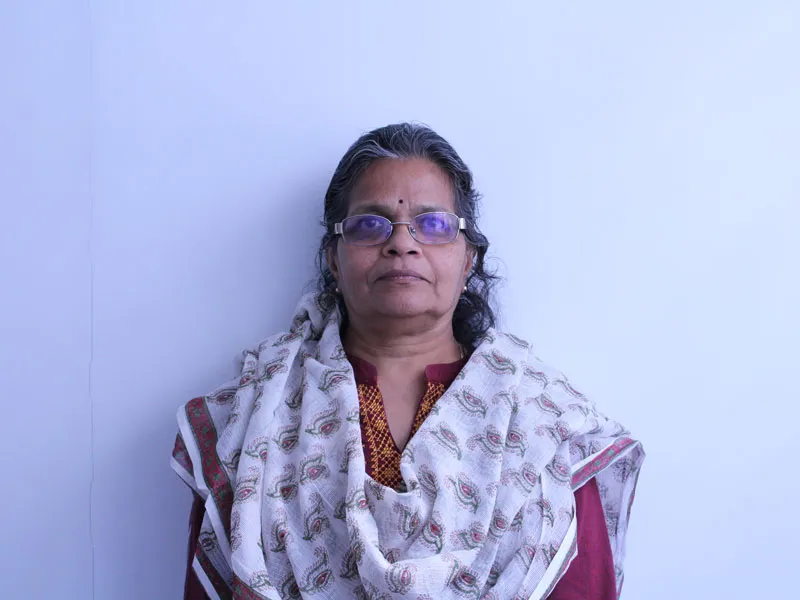
Mohini says, “Things have changed since the time I worked at ISRO. I used to plot data by hand and look at where we are now with these terminals and software. In those days no one would have believed that there would come a time when we would be able to look after a spacecraft’s health on our monitor.”
Mohini left the industry for a five-year stint with Citibank and then joined the European Space Agency in Germany and worked with them for 13 years. At ISRO and ESA, she worked on a gamut of projects right from the early days of the Rohini series of satellites, IRS 1C to Envisat, and the Rosetta Mission.
In 2014, she came back from Germany and met the mission director Srinivasa Hegde. Mohini recalls, “He asked me to come over and meet the team. Then in 2015, Srinivasa asked me to come for a review twice a week but the team wanted me every day so I started coming every day.”
At Team Indus, Mohini looks at spacecraft health monitoring and ground segment software. “I love working with this young team. It makes me feel 20 years younger! I am very happy to see that such young people are able to choose what they want to do and how they are never afraid to speak their mind.” she says with a smile.
Women in tech
Deepana Gandhi is part of the flight dynamics group at Team Indus, responsible for controlling the spacecraft from the point it gets separated from the launch vehicle till the touchdown on the moon. Deepana, 27, holds a bachelor’s degree in electrical and electronics, and a master’s degree in control systems. For her master’s degree, she completed her thesis in ISRO.
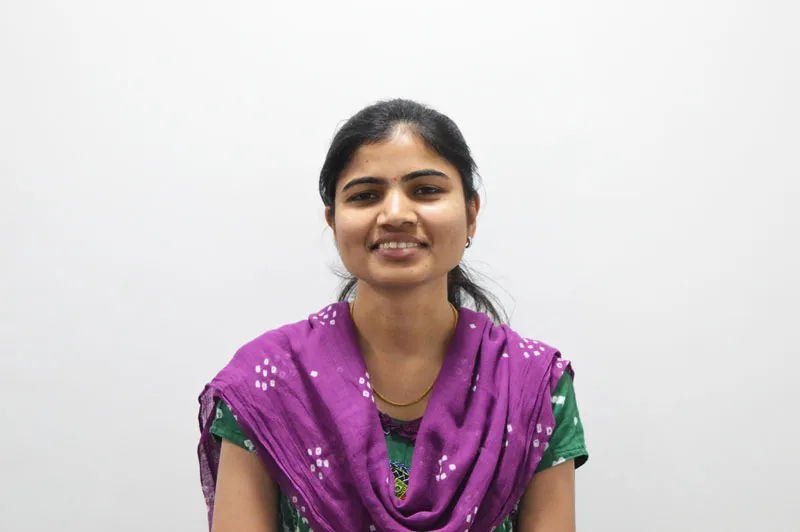
Three years ago, a small article in a newspaper about Team Indus got her excited and after finishing her thesis she decided to reach out to them. She just wrote in and got placed with them.
Deepana says, “I am part of the flight dynamics team that takes care of flight guidance, navigation, and control. Our team’s role is to guide the spacecraft, i.e. tell it where it has to go. What we basically do is we model the spacecraft in terms of mathematical equations and then we write the math behind it. For instance, the level of velocity required for the rover is calculated by us. It’s all math and physics.”
Once the spacecraft is launched, any issues with rover operations, fault diagnostics, and recovery will be the responsibility of Deepana’s team.
The team is now at a mature stage of the mission where challenges are fewer and things much smoother. But in the initial days, they struggled a lot since they were working things out by trial and error. Now it’s the testing phase but Deepana is confident they can handle it expertly.
Building a pipeline for the future

Given that landing on the moon is not an everyday activity yet, Team Indus has set up Team Indus Foundation to ensure that as they inch towards the moon, they use their knowledge, learning and innovation to build the next generation of scientists, creators, and innovators.
Looking after this foundation is Nilu Mittal, 44, and Jedi Knight. She started an NGO called Equal Sky in 2011 to fund the education of underprivileged children through old newspaper sales.
She joined the team three months ago as it was looking for someone with NGO background to lead the foundation which leverages the moon mission and the work Team Indus is doing and converts it into learning opportunities for children. “We believe children should ideate, build, design, and we can provide them with the ecosystem to innovate.”
For this purpose, the foundation has launched several programmes like the Moonshot Wheels, a customised bus that is on a journey across the country to teach children about the moon mission in a fun and entertaining manner.
Lab2Moon encourages youngsters to take part in experiments for the moon voyage with the Team Indus rover while the Campus Ambassadors programme provides an opportunity for passionate college students across India to intern with India’s first private space mission.
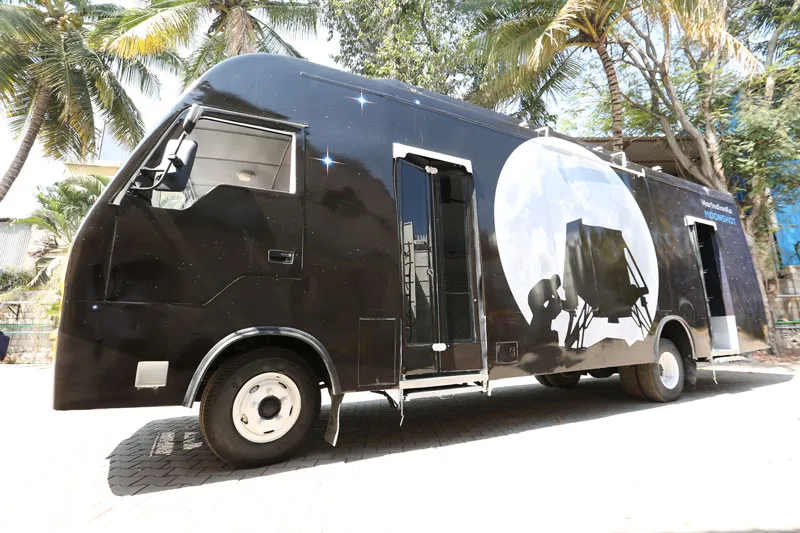
Get, set, go
As the evening sets in and our conversations come to a close, we are suffused with the same excitement as Team Indus about the space mission. The team is out to create history and they want to put not just them but India on the moon.
“We are making history for the mankind. It’s the first time that we will have private enterprise into space. Stephen Hawking recently said that in another 50 years earth won’t exist. So we have to look at other spaces. We want to make that possible. If we crack this, we will be disrupting the industry by showing how it can be done cheaper, faster, and on a larger scale,” says Sheelika.
More than a billion Indians will hope that their plan to land on the moon is a success come December.









